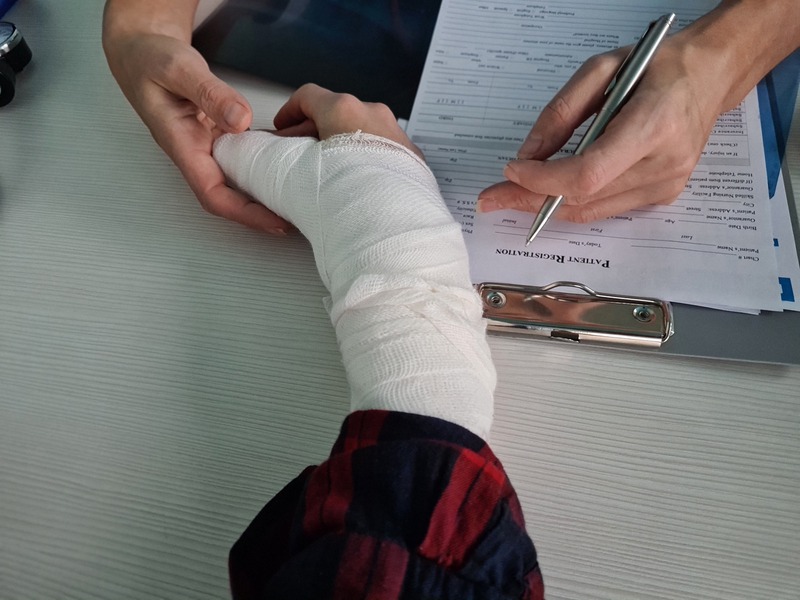If you’ve been involved in an accident, you might be wondering how long it will take for your personal injury case to be resolved. The process can be complicated, and several factors will determine the timeline. In this article, we’ll break down these elements to give you a better understanding of what to expect.
The Initial Consultation
A personal injury claim begins with an initial consultation with a lawyer. This is your opportunity to discuss your situation and find out whether you have a valid case. Most consultations are free and can help you understand what your next steps should be. A detailed examination of the facts can set the groundwork, but this early stage demands careful consideration and time.
Investigating the Case
Once you’ve decided to move forward, the next step is a thorough investigation. This involves gathering evidence, talking to witnesses, and compiling medical records. Depending on the complexity of the case, this phase can take weeks or even months. Your attorney will be focused on building a strong case with facts that support your claim.
Role of Medical Treatment
Your medical treatment plays a significant role in the case. It’s crucial for your recovery and in demonstrating the extent of your injuries. This part of the process means waiting until you’ve reached “maximum medical improvement,” where your condition has stabilized. Waiting for this phase can add months to the case timeline, but it’s vital for ensuring fair compensation.
The Negotiation Phase
Negotiation is often the next step, where your attorney attempts to reach a fair settlement with the other party. This part of the process can vary widely. Sometimes, a settlement is reached quickly, but in other instances, negotiations can drag on for months. The goal is to reach a satisfactory agreement without having to go to trial.
When Negotiations Stall
If negotiations fail, a lawsuit may be necessary. Filing a lawsuit doesn’t mean you’ll end up in court, but it does start the formal legal process. This step can introduce additional delays, as the court system is often backlogged.
Discovery Phase
The discovery phase follows the filing of a lawsuit. Here, both parties exchange information and gather further evidence. This part includes depositions, document requests, and more. It can be time-consuming and may take several months. However, it’s an essential step in building a compelling case.
Going to Trial
Should the case proceed to trial, this phase can last anywhere from a few days to several weeks. Trials are unpredictable, and the outcome can vary. Many cases settle before reaching this stage, as going to court can be both expensive and risky for both parties.
Complexity and Delays
-
The legal complexities involved in some cases can lead to delays. For example, intricate accidents or medical malpractice claims often demand more time.
-
Unexpected events, such as the unavailability of witnesses or new evidence, might lengthen the timeline.
Post-Trial and Appeals
If your case does go to trial and ends with an unsatisfactory outcome, you may choose to appeal the decision. Appeals can take additional months or even years, depending on the intricacies involved.
Factors Influencing the Timeline
Several factors directly affect how long it takes to resolve a personal injury case. These include the complexity of the case, the accountability issues, the jurisdiction, and the workload of your attorney. For a personalized experience, working with a local Brooksville personal injury attorney can provide insights tailored to your specific case.
The Importance of Patience
It’s easy to feel frustrated when your case seems to be taking longer than expected. Patience is essential, as rushing the process might lead to an unfavorable outcome. Settlements reached too quickly might not cover all your expenses or future needs.
Communication with Your Attorney
Maintaining open communication with your attorney is crucial for a smooth process. They can provide updates and keep expectations realistic. Having a clear channel ensures you’re always aware of any developments.
Choosing the Right Legal Support
Finding an attorney who understands your needs and has experience can make a significant difference. If you’re seeking the right legal help, you can find Brooksville legal representation on Google Maps for easier access. This can streamline the process and provide peace of mind during a challenging time.
Practical Tips for Navigating the Process
Here are some practical steps you can take to help the process run more smoothly:
-
Document Everything: Keep detailed records of all medical treatments, communications, and expenses related to the case.
-
Follow Medical Advice: Adhering to your doctor’s guidance will not only aid your recovery but also strengthen your case.
-
Ask Questions: Don’t hesitate to seek clarification from your attorney. Understanding each step can ease anxiety.
-
Stay Prepared: Being organized and ready for any developments can expedite the process.
The Role of State Laws
State-specific laws can also influence the duration of a personal injury case. Each state has different rules regarding negligence, liability, and compensation. If you’re working with someone familiar with New Port Richey Accident and Injury Lawyer practices could align with your needs.
What to Expect Financially
Financial concerns are often paramount in personal injury cases. Understanding potential costs and compensation is crucial. Settlements might cover medical expenses, lost wages, and emotional suffering, but these factors must be thoroughly discussed with your legal representative.
Costs Involved
Most personal injury attorneys work on a contingency fee, meaning they only get paid if you win. Discussing upfront what percentage they take will give you a clearer financial picture.
Final Thoughts
The timeline for resolving a personal injury case varies widely due to numerous factors. By understanding these aspects and working closely with a qualified attorney, you can navigate the process more effectively. Whether you’re looking for legal assistance in familiar territories or remote locations, the right support can make the journey less daunting and more manageable.


